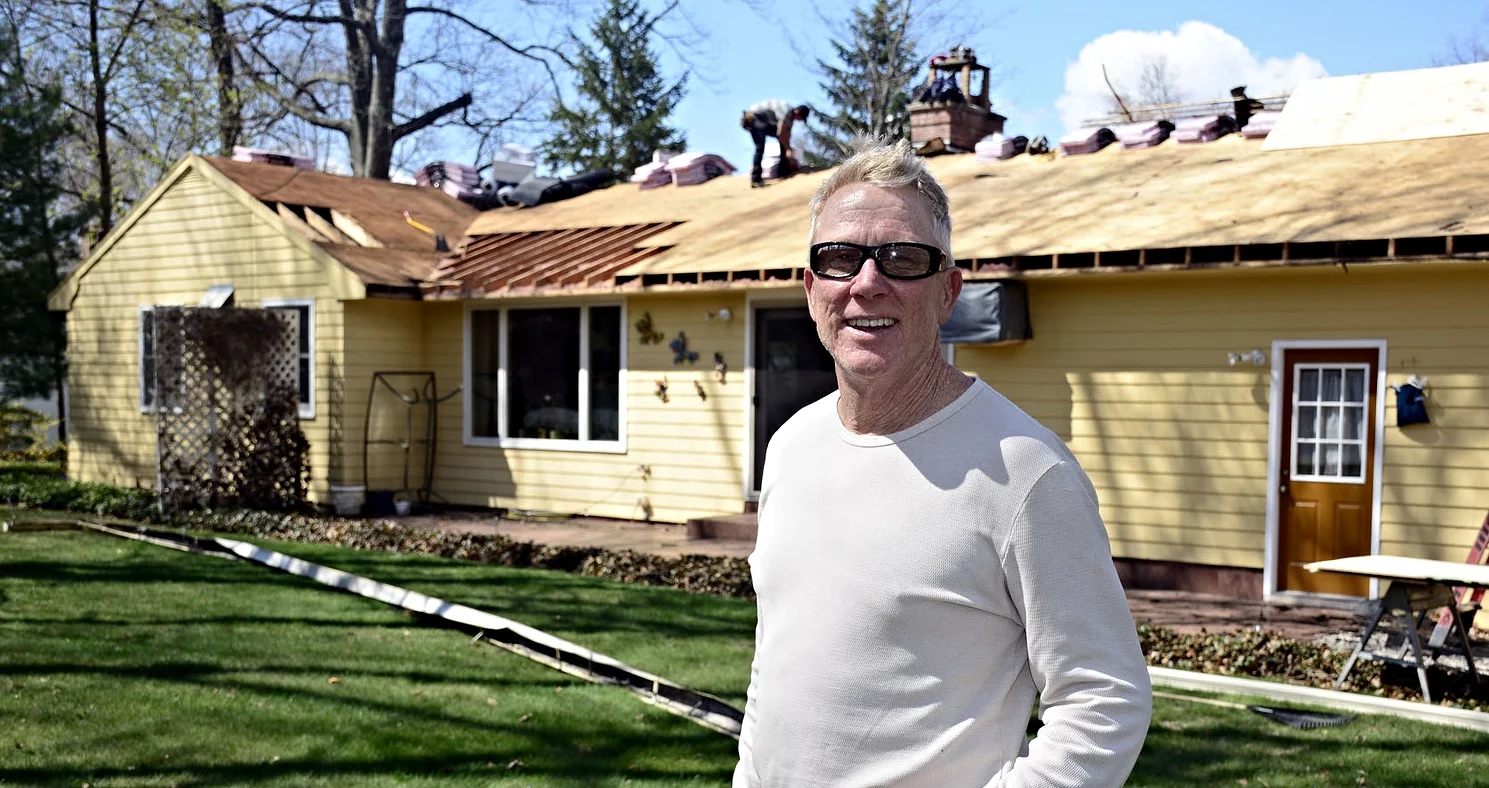Keep Your Home Warm this Fall with These Tricks
Chelsea O'Donnell
While we are still enjoying summer temperatures here in Central Connecticut, the cooler weather has a funny way of sneaking up on us, which makes now a great time to start getting prepared for the change in seasons. Heating the house can get quite expensive in the autumn and winter, so I am going to tell you about few things you can do to keep your home comfortable without cranking up the thermostat.
Did you know that up to 25% of your home heating can be lost through old, drafty windows? If you put your hand up to your windows and can feel the air coming through, it’s time to have them replaced. You want to look for windows that meet or exceed the requirements set by ENERGY STAR®, the program set up by the U.S. Environmental Protection Agency and the U.S. Department of Energy to help consumers save on their energy bills while also helping the environment. According to product manufacturer Harvey, replacing old windows with ENERGY STAR® windows can save an average New England home up to $465 a year. If now isn’t the right time for you to replace your windows, you can still reduce the drafty air coming through them by replacing any worn weatherstripping, and or even installing clear plastic film as a temporary solution to get through the season.
If cold air is coming through your doors, it might be a good idea to take a look at the sweep and inspect it for any damage. A new sweep is inexpensive to install and can help you retain more heat in your home. If you’re looking for an even simpler way to stop drafts, you can use a door snake, which is a long piece of fabric filled with plastic beads. You can even make one yourself using a knee sock and dry rice.
If you don’t have proper insulation and ventilation in your home, most of your heat is probably going right through the roof, literally. In fact, The Environmental Protection Agency estimates that proper insulation can cut as much as 50 percent off your heating bill. Take advantage of a free inspection from a local contractor to see how your insulation stacks up to the R-Value that’s recommended by ENERGY STAR® for our area. An R-Value is the measure used to assess insulation’s ability to resist heat traveling through it, and in Connecticut, the recommended R-Value is R49 to R60 for an uninsulated home and R38 to R49 for an attic that already has three to four inches of insulation.
If you’re worried about losing heat through your attic but adding insulation isn’t possible for you right now, one easy fix is to build an insulated box to sit inside the attic and over the hatchway. Just measure the opening of the hatchway and purchase some rigid foam sheathing panels that are cut a few inches longer than the opening. Assemble a five-sided box using heavy-duty duct tape and place it inside the attic, covering the hatch opening.
What are your favorite ways to keep the house warm during the autumn and winter? I’d love to hear from you. Send me a message on Facebook at www.facebook.com/odonnellbros.
Bob O’Donnell is the owner of O’Donnell Bros. Inc., a Bristol-based home improvement company established in 1975. To contact Bob for your remodeling needs, call O’Donnell Bros. Inc. at (860) 589-5155 or visit http://www.odonnellbros.com. Advice is for guidance only.
